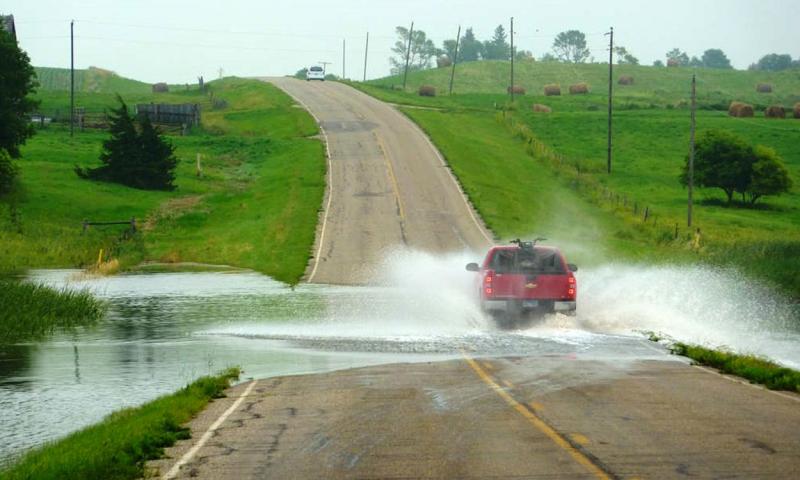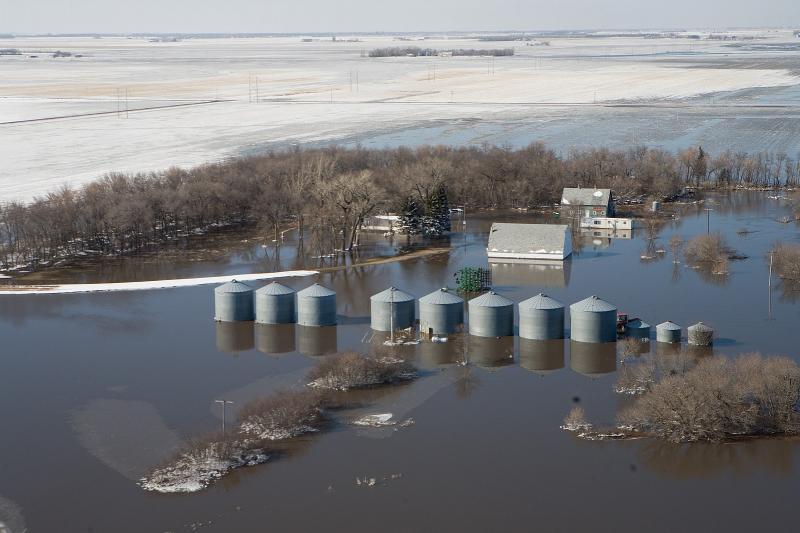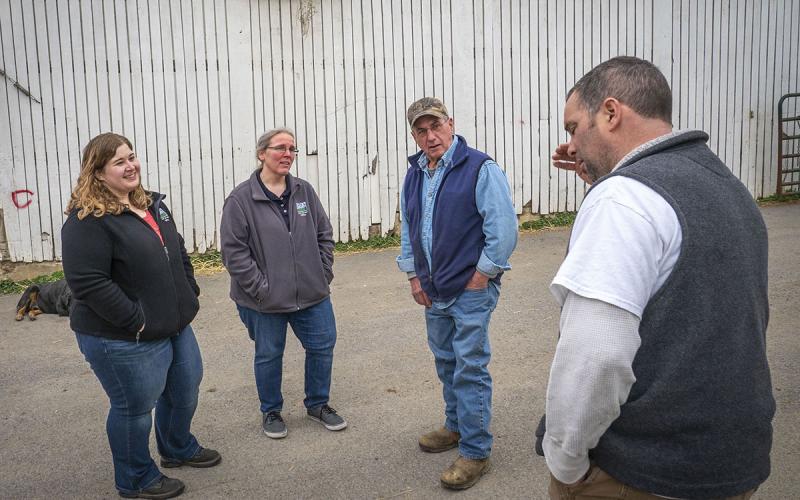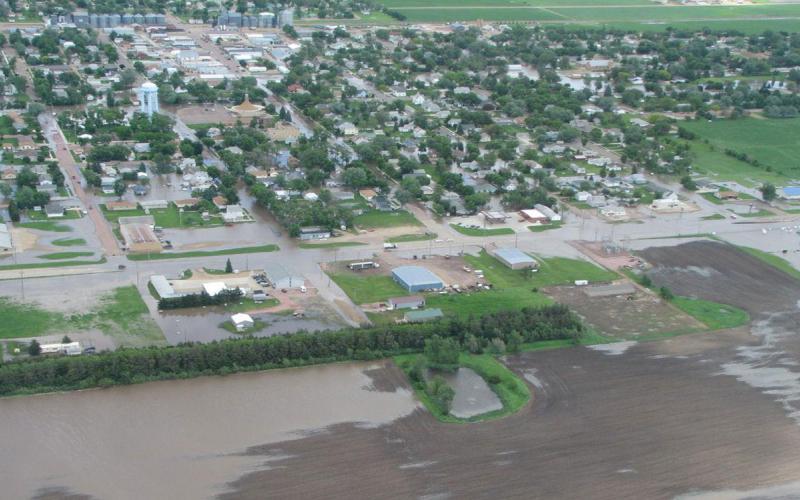Flooding is a coast-to-coast threat to the United States, occurring in all months of the year. It typically results from prolonged or intense rainfall, ice or debris jams, and the failure of water control structures, like levees or dams. Floods can cause extensive damage and pose significant risks to life and property. Approximately seventy-five percent of all Presidential disaster declarations are associated with flooding (National Weather Service). This article explores the most-common types of flood hazards impacting the United States.
Most-Common Flood Hazards
Flash Floods
These floods, which develop rapidly within six hours of the triggering event (such as heavy rain, ice or debris jams, and levee or dam failure) are a significant threat. They are characterized by a swift rise of water over low-lying areas and can occur far from where the heavy rain initially fell. Urban areas with extensive concrete and asphalt surfaces are especially prone to flash floods due to limited water absorption into the soil. The impact of flash floods varies depending on the terrain. Steep, hilly, or mountainous regions experience rapid runoff and quick stream response, while rocky terrains exacerbate flash floods due to limited water infiltration. Concrete and asphalt surfaces in urban settings prevent water from penetrating the soil, increasing the likelihood of flash floods.

River Flooding
River flooding happens when river levels rise and overflow their banks, inundating normally dry areas. It can result from heavy rainfall, dam failures, rapid snowmelt, and ice jams. The severity of river flooding is classified as minor, moderate, or major, based on water height and impacts on surrounding areas. Minor flooding affects low-lying areas adjacent to the river, mainly rural areas and secondary roads. Moderate flooding impacts homes and businesses near the river, may necessitate some evacuations, and affects larger roads. Major flooding causes extensive rural and urban flooding, potentially isolating towns and requiring widespread evacuations, which can be a harrowing experience for the affected communities.
Storm Surges and Coastal Inundation
Storm surges, primarily associated with tropical storms and hurricanes, pose the greatest threat to life and property along the coast. They result in significant flooding, erosion, and destruction of infrastructure. Coastal flooding can occur year-round due to various storm systems, including Nor’easters and Pacific storms.
Tropical Cyclones
Tropical cyclones can cause flooding from spring through fall in the United States, and the official hurricane season in the Atlantic runs from June to November. Tropical systems can bring heavy rainfall far inland, causing both river and flash flooding. Readers are encouraged to check out NASA’s Precipitation Education page if they are interested in learning about hurricanes, typhoons, and tropical storms.
Burn Scars/Debris Flows
Areas affected by wildfires, known as burn scars, are particularly susceptible to flooding. The absence of vegetation and altered soil properties prevent water absorption, leading to mud and debris flows. These flows can destroy homes, wash out infrastructure, and cause extensive damage.
Ice/Debris Jams
Ice jams commonly occur during winter and spring, blocking water flow and causing upstream flooding. When the jam breaks, it can lead to flash flooding downstream. Debris jams can occur year-round, causing similar impacts.

Snowmelt
Snowmelt flooding occurs when melting snow overwhelms soil absorption capacity. High soil moisture prior to snowmelt and deep ground frost contributes to this type of flooding, which is common in the northern states and mountainous regions.
Dry Wash
Significant rainfall in arid regions can quickly lead to flooding. The ground’s hard surface prevents water absorption, causing rapid runoff into low-lying areas and dried-up riverbeds.
Dam Breaks/Levee Failure
Dam failures or levee breaches can occur with little warning and pose significant flood risks. Natural causes, like prolonged rainfall and earthquakes, or human causes, like improper maintenance and sabotage can trigger them.
In Summary
Readers can refer to National Weather Service website if they want to know more about flooding events in South Dakota as recorded by the National Weather Service before 2010. Understanding the different types of flood hazards and their causes is crucial for effective flood management and disaster preparedness. By being aware of the risks and taking appropriate protective actions, communities can mitigate the impact of flooding and enhance their resilience to these natural disasters.


